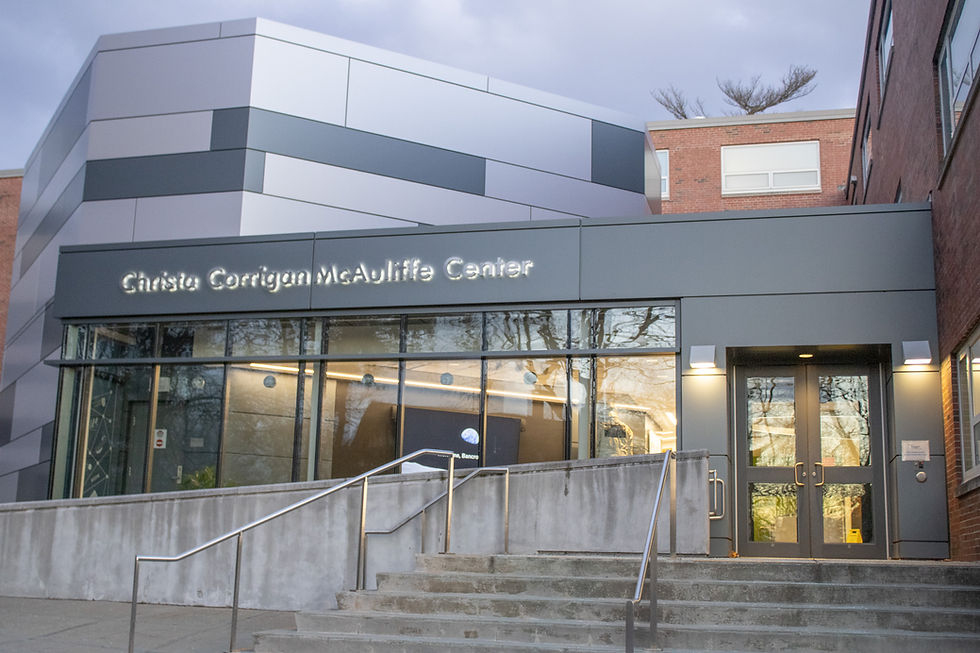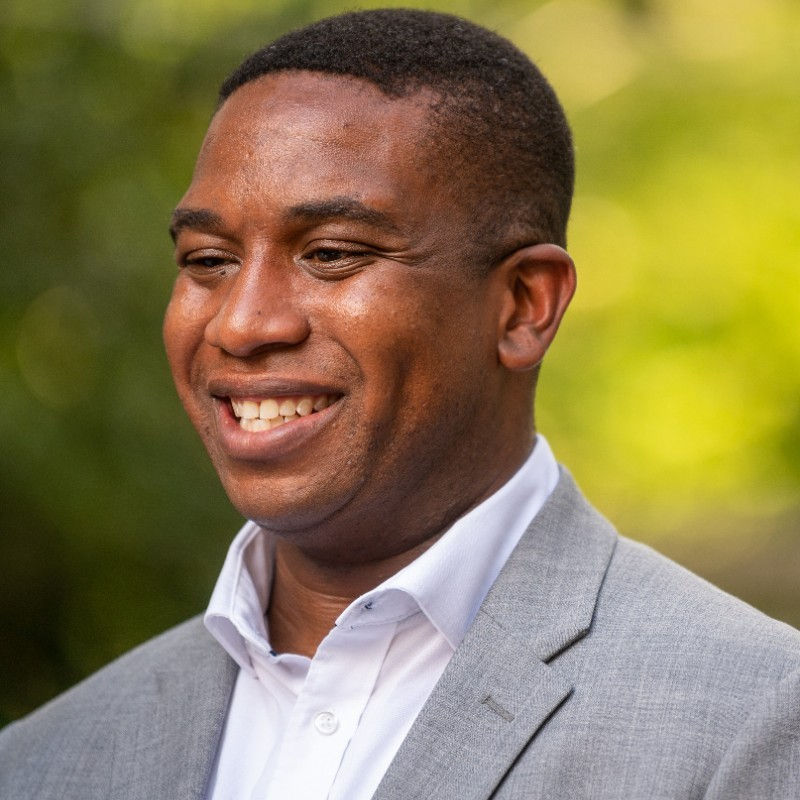Administrators: Many factors to blame for recruitment challenges
- Andrew Willoughby
- Dec 15, 2017
- 5 min read
By Andrew Willoughby
This fall semester, Framingham State admitted an incoming freshman class of 764 students, 15 more than fall 2016’s freshman class of 749.
The freshman class in the fall of 2015 was 855. In fall 2014, it was 808. In fall 2013, it was 809. In fall 2012, it was 826.
In the fall of 2016, the freshman class size decreased by 106 students from the previous years.
University administrators have linked the decline from 2015’s incoming first-year class size to many factors, including a decrease in high school graduates.
At an All University Meeting in November 2016, Lorretta Holloway, vice president for enrollment and student development, said the high school graduation rates “just keep going down.”
At the time, she projected a decline of 9 to 16 percent in high school graduates over the next five years.
However, according to the Massachusetts Department of Education, there has not yet been a
precipitous drop in high school graduation rates.
According to Jeremy Spencer, dean of enrollment management, the statistics many administrators have been referencing are based on a Western Interstate Commission for Higher Education (WICHE) study that projected a drop in Massachusetts’ high school graduation rates.
According to the Massachusetts Department of Education (DOE), 72,474 students graduated from Massachusetts high schools in 2015.
In 2016, that number was 74,045.
The incoming first-year class of 2016-17 was the Krst to be admitted after Framingham State began utilizing the Common Application.
The number of incoming Krst-year students declined significantly from the previous year in 2016-17.
The Common Application is a system that allows students to apply to over 700 colleges and universities through one application form.
Administrators disagree about whether the switch to the Common Application was a cause of the significant decrease in the number of incoming first-year students for the 2016-17 academic year.
The change to the Common Application caused a “significant increase in freshman applications,” a 20 percent increase from 2015, said Spencer.
He added, “I do not believe that the switch to the Common Application has a causal relationship to the enrollment decline.”
However, Executive Vice President Dale Hamel said the drop in first-year class sizes was partially due to the transition to the Common Application. “There are some external forces and internal responses. The first time [FSU used] the Common App, we saw a significant increase in the number of applications that we received, and I don’t think we knew well which of those increases were high probability [to accept an offer of admission] and which were applications to us as a ‘safety school.’”
Hamel said, “We’re seeing fewer students graduating high school within Massachusetts. That is causing additional competition for a smaller number of students.
“It made the enrollment funnel more difficult to ascertain what percentage of those applications would actually turn into acceptances,” Hamel added.
Hamel also attributed the decline of FSU’s freshman class size from fall 2015 to fall 2016 to the economy. “When the economy is doing well, some people elect to go and work.”
As a result, Framingham State’s acceptance rate has gone down “because we’ve had to accept more students that are actually probably less likely to come here. We’re getting much more applications from less committed students,” he added.
However, Spencer said the switch to the Common Application “resulted in an significant increase in the percentage of underrepresented students enrolled in Fall 2016. ... The freshmen underrepresented enrollment percentage in Fall 2017 was 41%, so our decision to join the Common Application appears to be helping to diversify our freshman applicant pool and enrolled freshman class.”
At the November 2016 All University Meeting, Holloway said other nearby states such as New
Hampshire and Vermont are also experiencing drops in high school graduates, which makes it harder for FSU to recruit out-of-state students.
At that same meeting, Holloway said low enrollment will become “the new normal.” She said other Massachusetts public universities would also not see a rise in first-year admissions.
Holloway addressed how the decline in the Krst-year class size has affected the school’s budget. “It’s basically $10,000 out of the budget for every student that we don’t have.”
She added the University would need to accept an additional 40 to 45 more students in 2017 to counteract the deficit created by last year’s class size.
The University fell 25-30 students short of attainting that goal this academic year.
Freshman Catherine Quigley applied to FSU along with six other schools through the Common Application.
“It was a really easy process,” she said. It took her about two hours to complete.
She applied to one other school, Worcester State, through the school’s own application process, which she described as “confusing” and “long.” It took her about four hours to complete.
However, freshman Mikayla Seavey described the Common Application process as “long and
exhausting,” but admitted it was better than Klling out individual applications for the two other schools to which she applied.
Senior Audrey Ensor transferred to Framingham State in the spring of 2017. She applied using the Common Application and said she decided to attend FSU because she “had a friend that went here and the communication arts website made it sound really great.”
Hamel said another factor influencing Framingham State’s decline in first-year class size is the “strategic initiative of the UMass system to increase enrollment across the board.”
According to the Board of Higher Education (BHE), the UMass system admitted 9,016 first-year students in 2012, 9,262 in 2013, 9,415 in 2014, 9,445 in 2015, 9,444 in 2016 and 9,998 in 2017.
According to Spencer, other than the UMass system, FSU’s biggest competitors are Bridgewater, Westfield, Salem, Worcester and Fitchburg state universities.
The BHE reported Bridgewater State enrolled freshman classes of 1,454 in the fall of 2012, 1,474 in 2013, 1,540 in 2014, 1,528 in 2015, 1,420 in 2016 and 1,506 in 2017.
The BHE reported Westfield State enrolled freshman classes of 997 in fall 2012, 1,287 in 2013, 1,224 in 2014, 1,293 in 2015, 1,068 in 2016 and 1,015 in 2017.
The same BHE report found Salem State enrolled freshman classes of 1,095 in fall 2012, 1,087 in 2013, 1,148 in 2014, 1,093 in 2015, 1,145 in 2016 and 1,102 in 2017.
The BHE reported Fitchburg State enrolled 759 first-year students in 2012, 801 in 2013, 727 in 2014, 790 in 2015, 763 in 2016 and 756 in 2017.
Worcester State had a freshman class of 784 in fall 2012, 780 in 2013, 794 in 2014, 814 in 2015, 789 in 2016 and 909 in 2017.
In addition to Framingham State, Westfield and Bridgewater state universities saw a significant decline in first-year students between 2015 and 2016.
Worcester State saw a decrease in first-year class size between 2015 and 2016 of just 25 students. However, this year, the freshman class size is 909 – the largest incoming class in 10 years.
The BHE reported a total of 6,883 freshmen in all state universities excluding UMass schools in fall 2012, 7,212 in 2013, 7,241 in 2014, 7,322 in 2015, 7,037 in 2016 and 7,159 in 2017.
According to Hamel, Framingham State has “expanded [its] recruitment area.” The University has made a push for a larger presence in the Boston area.
Hamel said FSU also “developed new marketing materials” in an attempt to bring in more first-year students, including a TV advertisement.
The SAT is still a requirement for FSU applicants. “I know some schools have gone to ‘SAT Optional.’ We haven’t done that as of yet, but we are certainly willing to consider it in the admissions process,” said Hamel.
Senior Marina Coppola said past marketing materials influenced her decision to attend Framingham State over Westfield State and Siena College. “There were some print ads that made the school seem inclusive and student-oriented and those definitely infiuenced me,” she said.
The small size of FSU’s campus and its affordability also played a role in her decision.
Freshman Brianna Hurley said she chose FSU because she had family members who are alumni.
She also liked the size of the campus. “Everything was so close together and I wanted a small campus,” she said.
Freshman Natalie Cooney said her decision to attend FSU was “all about the money.”
Her first choice was Lyndon State in Vermont, “but Framingham was about $1,000 less per year.”
Freshman Kyla Mucciarone said when she toured FSU, “It was fall and I really liked the atmosphere of the campus.
“Everything was really quaint and nice,” she said. “The tour really emphasized how close people on the campus are.”





